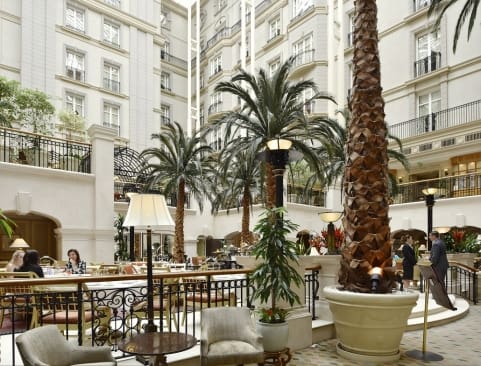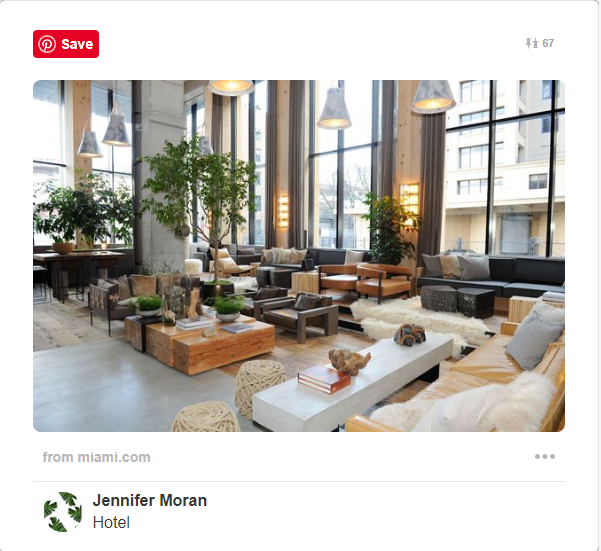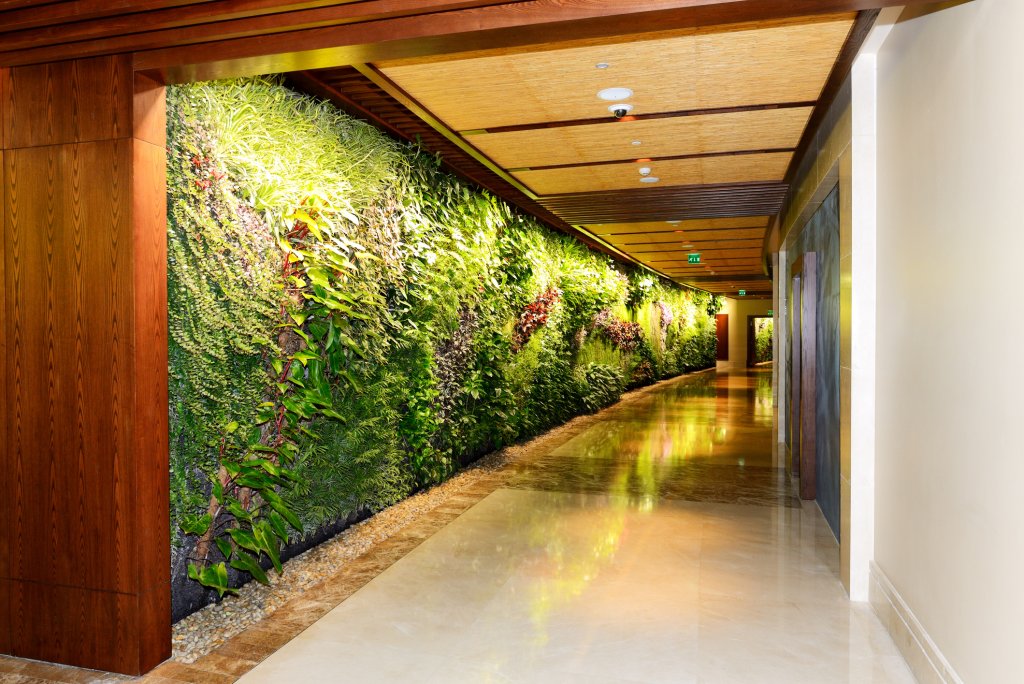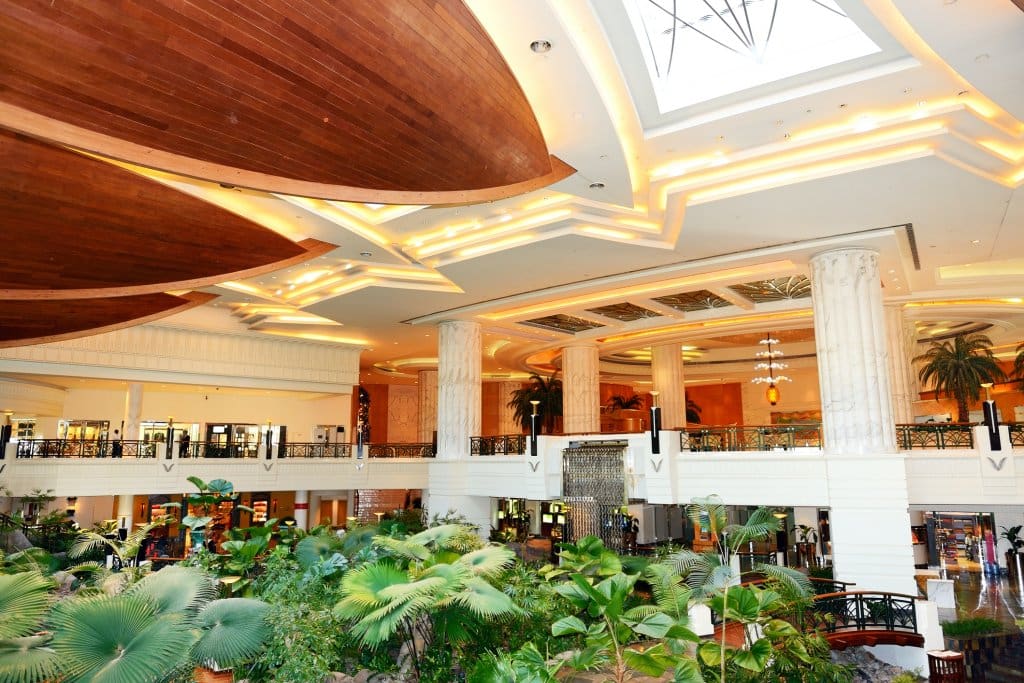In today’s competitive marketplace, we know that people have higher expectations of customer service and the aesthetic of a venue. Connect to the hearts and minds of your guests by providing them with a real ‘experience’, elevate their mood and change the dynamic of your space to bring about many benefits, including increasing your revenues. It’s all about creating the right environment.
In this article, we look at some interesting findings and recommend some design tactics based on research for businesses looking to cultivate the perfect guest experience. If you’ve ever wondered how much a room with a view is worth, or how to design a first-class lobby, then read on…
Your Lobby – Your Showcase
A high dwell rate in your lobby or reception area will tell you two things; that you’ve created a luxurious space and that your guests are engaging with the experience you’ve created.
Let’s break this down into more meaningful observations; It’s well understood that guests and tourists book a hotel to explore the surrounding area. In other words, they’re happy if there is bed and board but are more interested in spending time enjoying the surrounding area than hanging out at the hotel. But, if you are improving the dwell rate of your lobby, then you are successfully adding to the value of your guest’s experience, showing that your hotel is an attraction too. If you offer a concierge service or promote local tourism and trips in your lobby, then you are also increasing the chance that these guests will book through your hotel, which will bring in an additional income stream.
Guest perception and the overall experience a guest has at your hotel is of paramount importance. In almost all cases, the lobby will be the second impression of their stay with you. Their first impression will be the hotel entrance and façade; the second will be your lobby when they check in. These experiences are formative for setting the guest’s view of the quality and service of your premises, and if yours is a listed building then there may be very little you can do to personalise the exterior so you should concentrate on the lobby.
You also want to be sure that the check-in and check-out process is a pleasant one so that guests are keen to recommend you to others when they return home. This makes the lobby a very important space for every hotel, and a high dwell rate shows that you are doing it right.
1) How to Increase Your Lobby’s Dwell Rate
You can improve the dwell rate of your lobby through a variety of means, such as by ensuring that seating is comfortable, inviting, and creating an ambience of cool sophistication. Did you know that implementing biophilic design into your lobby can have a huge effect on your guests’ perceptions?
In a study conducted by Terrapin Bright Green and Human Spaces, it was found that ‘the dwell rate of biophilic hotel lobbies is 36% higher than in conventional lobbies’. If you aren’t up to speed with the meaning behind biophilic design, we recommend that you read our white paper on biophilia. Biophilic design is all about incorporating nature into the built environment, which helps us to feel more grounded, balanced and relaxed.
Bill Browning, the founding partner of Terrapin Bright Green, notes that ‘many brands are rediscovering that lobbies can function as more than just transitory space, […] they can also increase revenue’. If you want to stay ahead of your competitors, then you can’t afford to neglect your lobby any longer.
‘In short, guests like to spend more time in spaces with connections to nature’. – Bill Browning
When thinking about improving your lobby space, consider plants, green walls, water features, fish tanks and natural light to create a natural oasis of calming tranquillity. Add some ambient music and a bar or barista, and you have a winning combination of somewhere to relax and do some people watching, rather than just a transitory space to transact business and move out of.
2) Craft a Unique Guest Experience
Biophilic hotel design and décor is a strong factor in creating a unique and memorable guest experience but becoming a biophilic hotel is more than a single vase of flowers on the main desk. Biophilia is about returning the human to nature where they feel most comfortable, so you also need to consider comfortable furnishings for guests to relax in, colour schemes, and choosing natural fabrics and materials like wood will all add to the biophilic design elements.
According to Terrapin Bright Green, you should consider putting luscious living walls in busy areas with high traffic, and we would also recommend posy flower arrangements and flowers for restaurants to create a cohesive biophilic atmosphere throughout your hotel. If you are struggling with your budget, then some smart placement could be the solution to your worries:
‘When budget constraints limit opportunities for using a uniquely biophilic material or product, limited applications can be just as effective when thoughtfully incorporated’.
Biophilic Design in Hospitality, p. 36.
3) Receive More Positive Reviews
To ensure that your hotel continues to receive a high occupancy rate, you want to be sure that your guests are giving you great reviews. Would you have guessed that by adding nature to your hotel design you can influence the kind of reviews that your guests will be leaving you? Terrapin Bright Green report that:
‘while the websites of both hotel types [conventional versus biophilic] discuss “experience” the same amount, guest reviews of biophilic hotels mention “experience” twice as often as reviews of conventional hotels’.
Biophilic Design in Hospitality, p. 25.
This could mean that a biophilic hotel is more memorable than a conventional hotel because guests have more to say about their experiences. This could also be linked to the added health and wellness benefits that being around plants and natural elements brings.
4) Water Features
Humans have an affinity with nature, and with water in particular so sea or lake views have a powerful effect on our emotions. Hotels.com published a study confirming that there is an 18% price difference for rooms offering a full view to water and other scenic views.
‘Hotel guest rooms with a view to water are priced on average 11%-18% higher than rooms without a view’.
Biophilic Design in Hospitality, p. 8.
Of course, not all hotels are going to be able to provide a stunning view, but they can incorporate other natural elements into the hotel design such as indoor orchids, an orangery or a garden room, to augment guests’ experiences.
In short, start making your space work for you and your guests, starting with your lobby. We suggest prioritising quality over quantity and aim to work with your surrounding area instead of against it. For any help and advice concerning plants and biophilic designs, contact us at Planteria Group.








